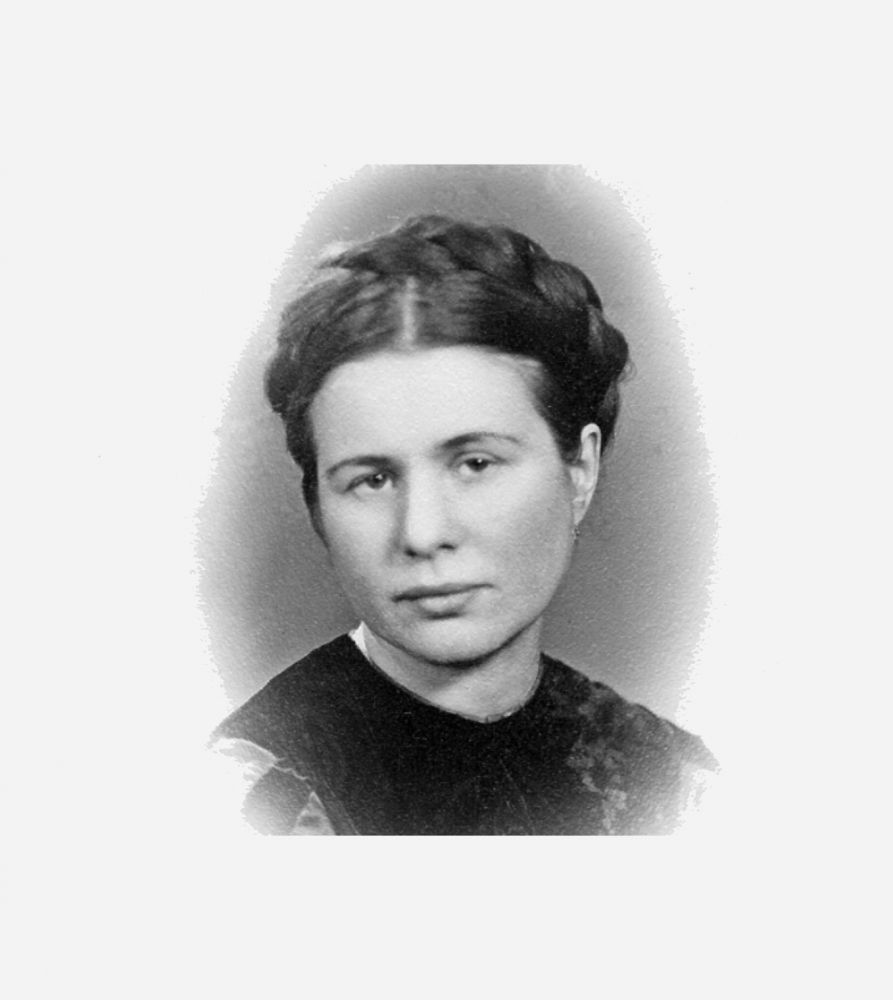- News
- Events
- Oneg Shabbat
- Collections
- Research
- Exhibitions
- Education
- Publishing Department
- Genealogy
- About the Institute
- Bookstore


Even though she began her work in social care, in the Mother and Child Aid Section at the Citizens’ Social Aid Committee, and during her studies she joined a group of Christian students who displayed solidarity with their Jewish friends and sat with them in „ghetto benches”, which caused persecution from students who belonged to the National radical Camp and led to her suspension as a student – the most famous episode of her life was related to the Nazi German occupation period.
During the occupation, she worked at the Social Welfare Department of the Warsaw City Council. In October 1943, the Council For Aid To Jews „Żegota” appointed Irena Sendler, nom de guerre „Jolanta”, to the position of the head of the children’s department.
One of Żegota’s most important tasks was to rescue Jewish children. Even before the Council For Aid To Jews was established, Irena Sendler, as an employee of the Social Welfare Department of the Warsaw City Council, managed to obtain passes to the ghetto for herself and several colleagues (including Irena Schultz). Under the guise of sanitary control and pest control, they carried into the ghetto money, food, medication and typhus vaccine to help the Jewish community.
Thanks to her previous experience in conspiracy, Irena Sendler perfectly fit into the role of the head of the Children’s Department. Together with many liaisons, such as Stanisława Bussold, Jadwiga Deneko, Wanda Drozdowska-Rogowiczowa, Izabela Kuczkowska, Zofia Patecka, Jadwiga Piotrowska and Wincenty Ferster, they managed to save several hundred children. The exact number remains unknown.
Children rescued from the ghetto were located in Polish families or in orphanages ran by nuns in Warsaw and outside the city – in Anin, Chotomów, Henryków, Płudy and Turkowice. The youngest inhabitants of the Warsaw Ghetto were rescued in various ways. Very small children (sometimes babies) were given sedatives and transported in bags, boxes, wooden cases, even in a sanitary ambulance. Older children were leaving the ghetto often through the building of the courts at Leszno street – the main entrance at Leszno street led to the ghetto, and the entrance from Ogrodowa street to the „Aryan” side. Often the only way of escape led through sewers and basements of houses located close to the ghetto walls. Much older kids were able to escape with the work brigades. Early in the morning, children mixed in with the crowd of adults – manual workers employed on the „Aryan side”. Liaisons took care of them as soon as they passed the walls. All children, regardless of age, were directed first to one of ten emergency units, where they underwent a process of adjusting to new conditions (lasting from several days to several weeks). During that period, new identity documents were prepared for them (usually documents of deceased Polish children).
Irena Sendlerowa died on 12 May 2008 in Warsaw.
For her aid to Jewish children during the German occupation, thus risking the life of herself and her family, Irena Sendler was awarded with the medal and title of Righteous Among The Nations in 1965. She was also a Lady of the White Eagle Order.